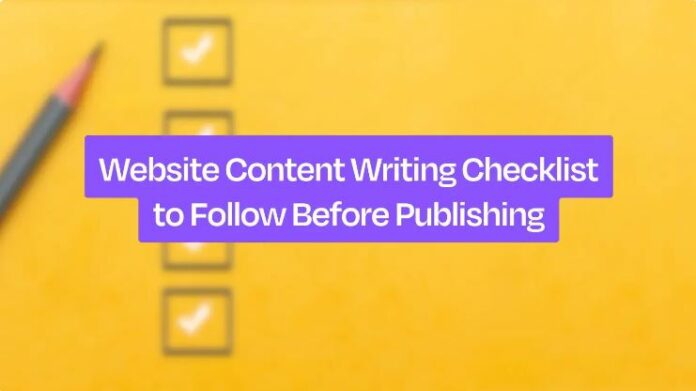
Website Content Writing Checklist Before Publishing will be described in this article. Do you want to confirm that the content on your website is the optimized for search engines? For the best possible quality, make sure to review our post-writing checklist.
Composing content is the cornerstone of a successful website. Your reach will increase with the amount of content you publish. A website’s content must be written in a number of steps. You complete some of these procedures prior to creating your article. Researching keywords, for instance.
Website Content Writing Checklist Before Publishing
In this article, you can know about Website Content Writing Checklist Before Publishing here are the details below;
However, after writing the material for a website, there are a few things to take into account. That’s the topic this post will address.
We’ll go over some post-writing procedures with you here so you can make sure your content is up to par. Let’s talk about your post-writing checklist now.
1. Check for Grammatical and Spelling Errors
After writing the material for your website, the first thing you need to do is proofread it for grammar and spelling mistakes. If your material is flawed, you cannot hope to influence your audience.
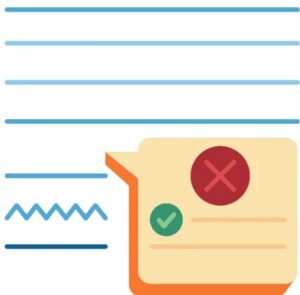
Look for spelling and grammar mistakes. Inaccurate spelling and punctuation in text can be harmful. Examine the subsequent sentences:
The book is laying book on the table.
As you can see, the one incorrect letter in the first line conveys a very distinct and incorrect image. For this reason, you have to make sure that there are no spelling or grammar mistakes in your text.
But how do you make sure of that? It’s not that complicated. Read your stuff attentively and proofread it thoroughly. Identify any misspelt words or typos and try to fix them. Sounds exhausting, doesn’t it? Yes, it is. For this reason, a lot of authors utilise Grammarly or similar grammar-checking software.
These tools will automatically find mistakes in your material so you can fix them. Both of these approaches are available to you. Just make sure that before posting your information online, it is free of errors.
2. Check for Readability and Structure of Content
As a writer of material for websites, you ought to be aware of the importance of readability and organization in improving the overall caliber and potency of your pieces.
Verify the content’s readability and structure. This is due to a number of factors. Let’s talk about them.

- The readability of your content is important since a general reader will not find any value in writing that is difficult to understand.
- Information with a low
- This also applies to the way your content is organized. Content that is well-structured makes it easier for readers to navigate and find the information they need.
- These elements work together to raise your search engine ranking. This is so because well-structured and highly readable information is favored by search engines.
These are the explanations for why, after writing your material, you must proofread it for readability and structural errors.
There are a few easy tips that will assist you with this. All you need to do is incorporate straightforward words and phrases into your writing. Steer clear of talking about topics you believe the general public might find confusing.
Verify that the content you have created uses headers. Maintaining a strong text structure can also be facilitated by breaking up your information into manageable chunks.
3. Check for plagiarism
One of the most important things you should do after writing is this. Uploading information that has been plagiarized is the final straw that will cause Google to bury your website. Prior to talking about how to make sure your writing is free of plagiarism, it’s important to define the term.
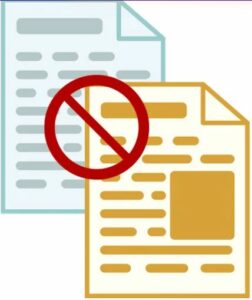
It’s not that complicated. Plagiarism is the act of taking someone else’s published work and posting it as your own without giving due credit. Why is this horrible, now?
Consider it in this manner. Would you, as a teacher, allow a student to pass an exam even though you knew, deep down, that he had plagiarized another student’s work? We don’t think so.
Plagiarism presents the same situation. Your essay loses credibility when it contains plagiarism. Search engines discourage it, and in certain situations, you may even be charged with a crime. Because of this, you have to be sure that your work is free of plagiarism before deciding to publish it.
There are a few things that one must do in order to get over this obstacle and correctly borrow content. Below is an explanation of them:
- Rewrite the text using your own words.
- Add quote marks and citations.
- Give reference pages.
Even so, these procedures can be somewhat laborious. You can use technology to assist yourself somewhat. The Internet has a plethora of tools for checking plagiarism. These tools find the relevant passages in your material and alter them to meet the specifications while maintaining its originality.
4. Check for Hyperlinks Accuracy
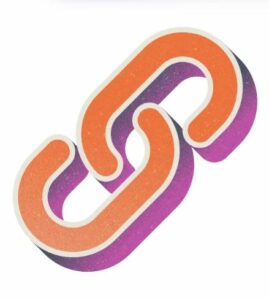
You can improve the quality of the blog content by including hyperlinks, which are URL addresses. People typically utilize one of two kinds of hyperlinks in their content:
- Backlinks from within
- Backlinks from outside sources
When a user clicks on an internal backlink, they are directed to another page on the same website. However, when a user clicks on an external backlink, they are redirected to a whole different page.
Including these links in your text is meant to give readers useful, pertinent information. If you are writing about how to make a website, for instance, linking to a different blog post that goes into the principles of website creation would benefit readers more.
The placement of these connections requires careful consideration. This is due to the fact that badly positioned hyperlinks prevent users from accessing the pertinent data you have included with the article.
You may lose out on opportunities to increase traffic to another page of your website if an internal link is broken.
For this reason, you must make sure that every hyperlink you include in the material is correct and operational. However, there isn’t a special method for doing so. All you need to do is double-check that all of the links are positioned accurately.
5. Add Relevant Visuals and CTA’s
You need to include pertinent images in your website content now that you have finished writing it. Images, movies, info graphics, GIFs, and memes are some examples of these.

Adding these images is primarily done to further illustrate your point of view. According to a study, the human brain processes visuals about 60,000 times faster than words. Why not use this biological phenomenon to our advantage then?
On the other hand, you must ensure that the images you plan to use in the material are clear and pertinent. If not, it could backfire.
The Call To Action (CTA) buttons are no different. With these choices, readers can take various direct actions while they continue to read the information. These may consist of:
- Scheduling a function
- Getting the newsletter subscription
- Buying anything
- Social sharing options when downloading a specific piece of material
These buttons can have different qualities depending on the kind of text you are producing. To achieve optimal effectiveness, it is crucial to ensure that these buttons are positioned correctly.
6. Add Effective Meta Descriptions
Not to mention, adding strong meta descriptions is the final thing you need to make sure of after writing content for a website. Concise summaries of the material on your website are called meta descriptions.
To assist consumers know what to expect from your webpage, the search engines display information as snippets in their results.
This is the appearance of a meta description in search engine results:
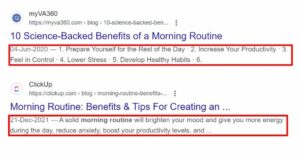
It is beneficial for SEO to include a meta description in your content.
The problem with meta descriptions, though, is that search engines might not include the precise version that you have included with your content. It pulls the most pertinent material in your blog article and presents it in snippet form. Also check How SEO Blog Writing Services Boost Business Growth
This is what you need to pay attention to. Keep it brief and pertinent if you want search engines to display the precise meta description you submitted.
Conclusion
One of the key elements in determining a website’s success is its content writing. Writers of content must make sure their work is worthwhile and complies with search engine standards. To do that, authors take a variety of actions to add value to their writing.
Before, during, and after they have authored the content, various actions are conducted. However, you may find important actions a website content writer should perform after finishing their post in the information we have supplied above.
To get the most out of their content, they may make sure it is valuable and made in accordance with search engine criteria by following these steps.












